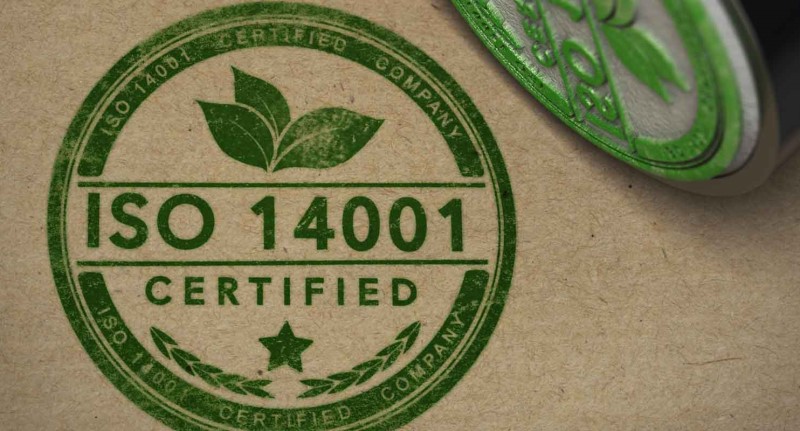 Although the main goal of healthcare providers is to provide high-quality care, it is increasingly clear that these organizations have an impact on the environment in many ways. Factors such as building management, energy and water use, antibiotic use, laboratory testing, construction work, and the handling of hazardous chemicals can generate emissions and waste.
Although the main goal of healthcare providers is to provide high-quality care, it is increasingly clear that these organizations have an impact on the environment in many ways. Factors such as building management, energy and water use, antibiotic use, laboratory testing, construction work, and the handling of hazardous chemicals can generate emissions and waste.
An efficient Environmental Management System helps to control the environmental footprint related to all these activities. ISO 14001 provides a systematic approach to the planning, implementation, and management of your environmental management system. The implementation enables your organization to control its environmental impact and ensure that it meets legal requirements, both national and international.
The potential advantages of ISO 14001 are numerous, but the most significant and tangible are that the standard allows an organization to:
- identify, understand, and monitor the environmental impacts of your activities and the risks involved;
- be aware of the organization's direct environmental impact, as well as the indirect impact through your suppliers;
- implement the necessary controls to manage all factors that affect the environment;
- establish an environmental policy and objectives;
- comply with applicable legal requirements and meet the demands of interested parties;
- improve continuously your management system;
- improve the management of your resources, including the use of energy, which can also lead to a reduction in the costs of managing your daily life;
- facilitate the reduction of pollution, waste production, chemical handling, and unintended discharges into the environment;
- improve your environmental performance over time
One of the most important aspects of the standard is the intrinsic commitment to continuous improvement. When you are certified according to the ISO 14001 standard, you will not only confirm that your environmental management system meets the basic requirements of the standard and all applicable legislation, but you will engage in a continuous process of improvement to ensure the minimum environmental impact of your activities.
Before starting the process of certification it is important that your organization is committed to setting clear objectives for the implementation and evaluation of the environmental management system. These are fundamental steps to start the work:
- familiarize with the ISO 14001 standard;
- identify all applicable legal requirements that you need to comply with;
- evaluate your organization to identify and understand all activities that have an impact on the environment and find potential gaps that you need to fill. Preliminary third-party assessments can prove to be useful in an early stage of implementation;
- establish goals, targets, and improvement programs and start actions to fill any gaps;
- ensure the commitment of top management in the certification process according to ISO 14001. A good management system has to guarantee the commitment of everyone, starting from the highest level up to including the entire organization;
- contact an accredited certification body to start the certification process;
- perform annual audits to check that the system improves on a continuous basis and is always updated according to the needs of the moment and remember that the certification and continuous improvement of your management system is a journey that never ends


